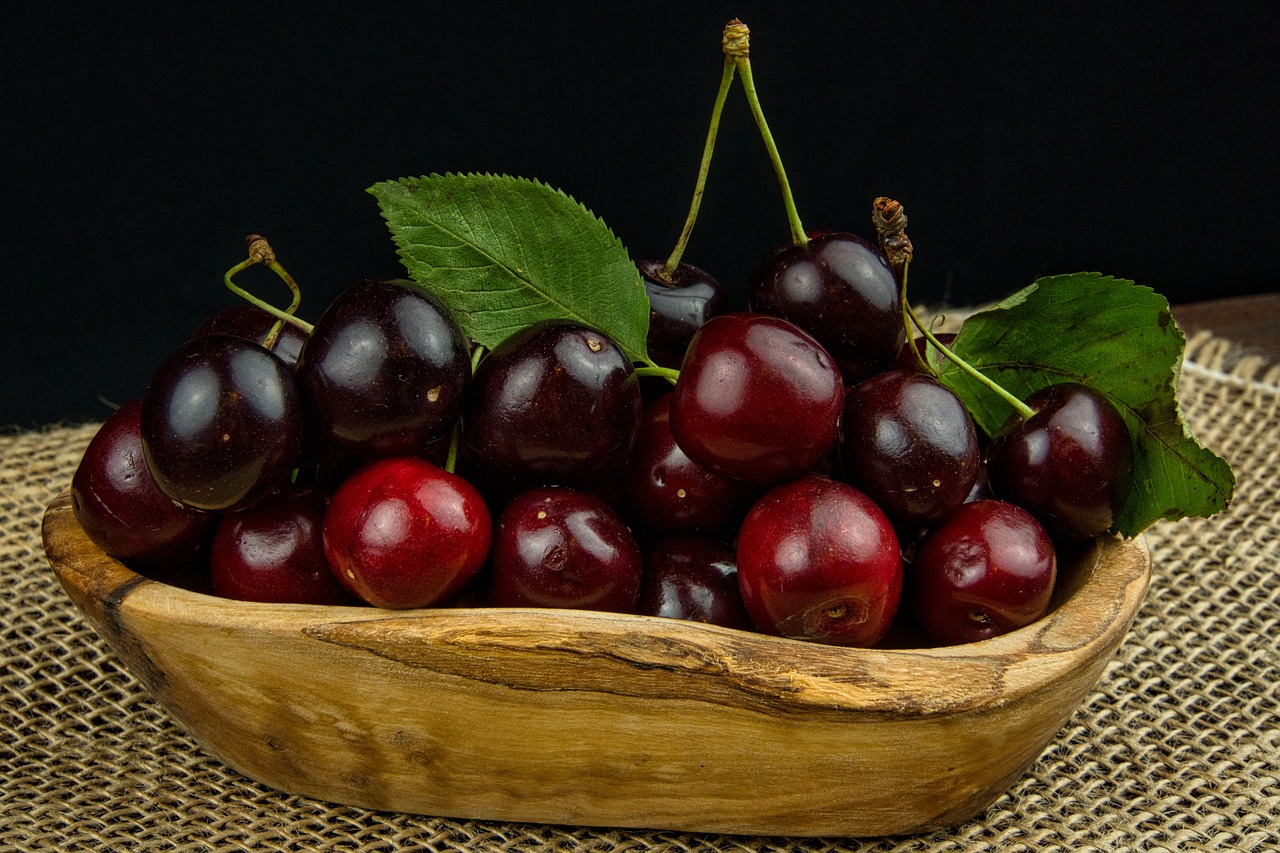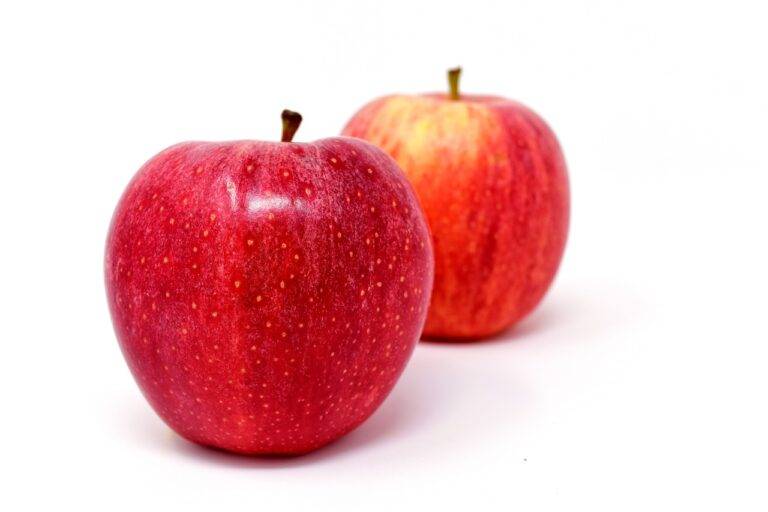The Art of Food Packaging and Branding for Small Producers
When designing food packaging, it is essential to prioritize functionality and practicality. The packaging should be user-friendly, easy to open, resealable if needed, and appropriately sized for the product it contains. Ensuring that the packaging protects the food within and maintains its freshness is crucial in providing a positive consumer experience.
In addition to functionality, the visual appeal of the food packaging plays a significant role in catching the consumer’s attention. The design should be eye-catching, with clear and attractive branding that communicates the product’s identity and quality. Utilizing colors, fonts, and images that are consistent with the brand’s message can help make the product stand out on the shelves and resonate with consumers.
Importance of Branding for Small Food Producers
Creating a strong brand identity is vital for small food producers looking to differentiate themselves in the market. It’s not just about having an eye-catching logo; effective branding encompasses the overall experience that a consumer has with your product. From the packaging design to the message you convey, every element should speak to your target audience and set you apart from competitors.
Moreover, a well-defined brand can build trust and loyalty among consumers. By consistently delivering on your brand promise, small food producers can establish credibility in a crowded marketplace. This trust can lead to repeat purchases and positive word-of-mouth advertising, ultimately boosting sales and helping your business grow.
Choosing the Right Packaging Materials
When selecting packaging materials for food products, it is crucial to consider the type of food being packaged and its specific requirements. Different foods have varying levels of sensitivity to factors such as moisture, light, and oxygen, which will dictate the choice of materials needed to maintain freshness and quality. For example, perishable goods like fresh produce or dairy products may require materials that are moisture-resistant and provide effective barrier protection.
Additionally, it is essential to prioritize sustainability when choosing packaging materials. With an increasing focus on environmental concerns, consumers are becoming more mindful of the impact of packaging waste. Opting for eco-friendly materials such as biodegradable plastics, recyclable paper, or compostable packaging not only contributes to reducing environmental harm but also enhances the brand’s reputation as a socially responsible business.






